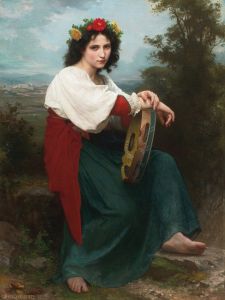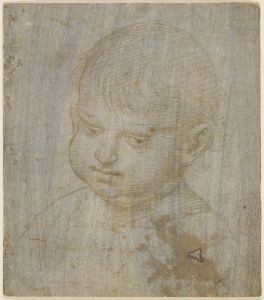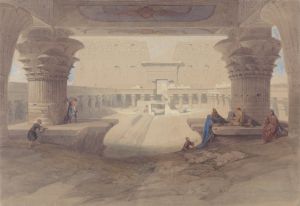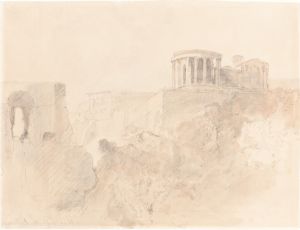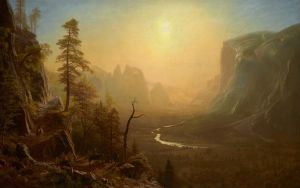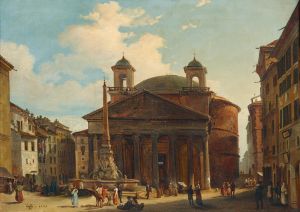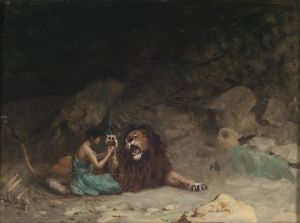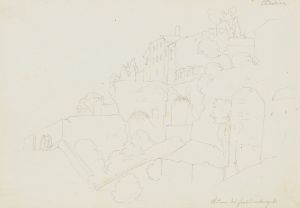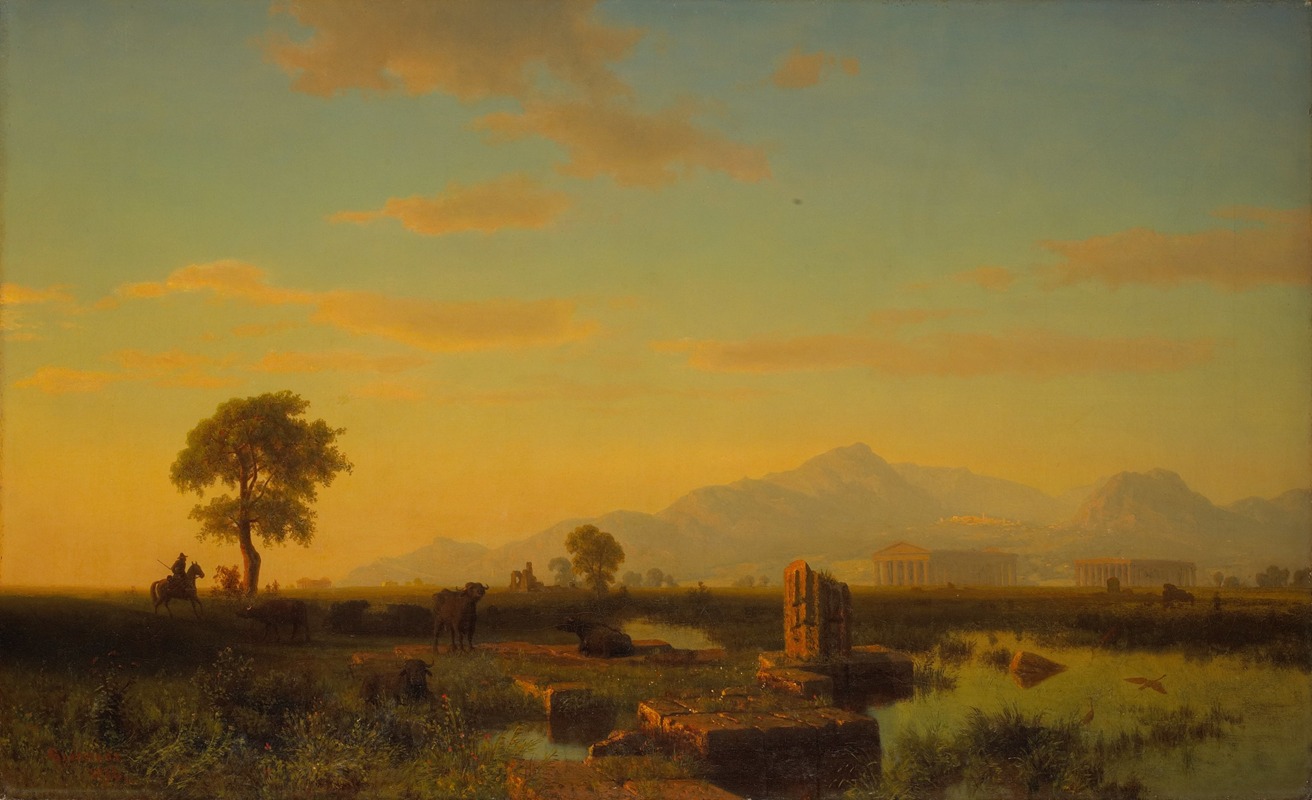
Ruins of Paestum
A hand-painted replica of Albert Bierstadt’s masterpiece Ruins of Paestum, meticulously crafted by professional artists to capture the true essence of the original. Each piece is created with museum-quality canvas and rare mineral pigments, carefully painted by experienced artists with delicate brushstrokes and rich, layered colors to perfectly recreate the texture of the original artwork. Unlike machine-printed reproductions, this hand-painted version brings the painting to life, infused with the artist’s emotions and skill in every stroke. Whether for personal collection or home decoration, it instantly elevates the artistic atmosphere of any space.
Albert Bierstadt was a German-American painter known for his large landscapes of the American West. However, he also explored other subjects, including European landscapes and historical sites. One of his lesser-known works is "Ruins of Paestum," which reflects his interest in capturing the grandeur and historical significance of ancient architecture.
The painting "Ruins of Paestum" depicts the ancient Greek ruins located in Paestum, a site in southern Italy. Paestum was originally a major Greek city known as Poseidonia, founded around the end of the 7th century BC. It later became a Roman city and is renowned for its well-preserved Greek temples. The site is particularly famous for its three major temples, which are dedicated to Hera, Athena, and Neptune (or Poseidon).
Bierstadt's painting captures the majestic ruins of these ancient structures, showcasing his ability to render architectural details with precision and a sense of awe. The painting likely reflects Bierstadt's travels in Europe, where he would have been exposed to a variety of historical and cultural landmarks. His work often emphasized the sublime and the picturesque, qualities that are evident in his depiction of the ruins at Paestum.
The composition of "Ruins of Paestum" highlights Bierstadt's skill in using light and shadow to create depth and atmosphere. The ruins are bathed in a warm, golden light, suggesting either sunrise or sunset, which enhances the sense of timelessness and grandeur. The surrounding landscape is lush and verdant, providing a stark contrast to the ancient stone structures, and emphasizing the passage of time and the endurance of these architectural marvels.
Bierstadt's interest in such subjects was not uncommon among artists of his time. The 19th century saw a renewed interest in classical antiquity, partly fueled by archaeological discoveries and the Romantic movement's fascination with the past. Artists and writers were drawn to ancient ruins as symbols of the rise and fall of civilizations, and as reminders of the enduring legacy of human achievement.
While Bierstadt is primarily celebrated for his depictions of the American West, "Ruins of Paestum" demonstrates his versatility and his ability to capture the essence of different landscapes and historical contexts. The painting serves as a testament to his skill as an artist and his interest in exploring a wide range of subjects beyond the American frontier.
Today, Bierstadt's works, including "Ruins of Paestum," are appreciated for their technical excellence and their ability to evoke a sense of wonder and admiration for the natural and historical world. His paintings continue to be studied and admired for their contribution to the landscape genre and their reflection of 19th-century artistic and cultural trends.





